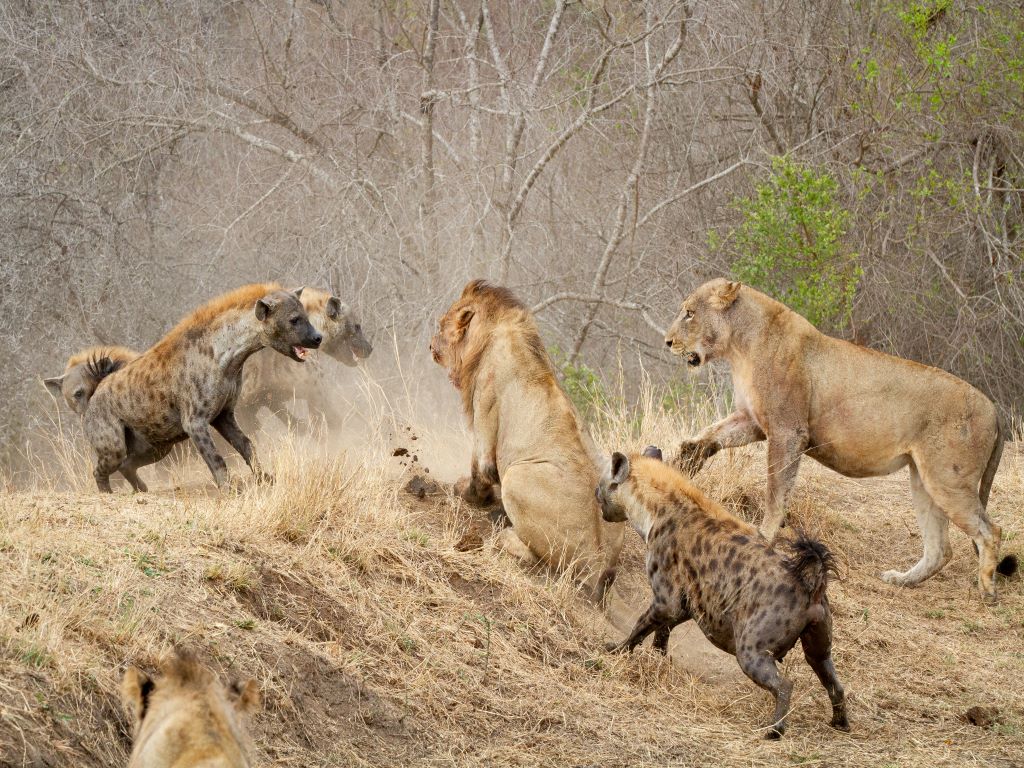Interspecific competition examples
Interspecific competition is when individuals of one species on average suffer a reduction in fitness due to resource exploitation or interference from individuals of other species

Interspecific competition is when individuals of one species on average suffer a reduction in fitness due to resource exploitation or interference from individuals of other species (Ecology Book, Begon et al., Chapter 7). It is common that Individuals of different species vie for a common resource that is in limited supply. This indirect or direct competition for scarce resource has a negative effect on both species (-/-), and many times these negative effects are asymmetrical, with one species being more affected than the other.
In exploitation competition individuals interact indirectly as they compete for common resources such as territory, prey, or food. Simply put, the use of the resources by individuals of one species will decrease the amount of available resources for the individuals of the other species. For example, researchers demonstrated that individual of two sea snail species were less likely to feed on a recently grazed patch by the other species. To alleviate exploitation competition the solution could be niche divergence. For example, in the open ocean where resources are scarce, planktonic species partition nitrogen assimilation processes over the diel cycle, therefore performing niche temporal partitioning and decreasing competition.
On the other hand, interference competition is when an individual directly alters the resource gathering behavior of other individuals. For example, bears alter the predation behavior of coyotes, bobcats, and foxes. Apex predators such as lions interfere with hyenas, leopards, cheetahs, and jackals. Moreover, the main apex predator interfering directly with many species is us, humans. One type of interference competition is allelopathy where a plant releases biochemicals to negatively affect the growth of other plants. Another example of interference competition is when bacteria of one species release antibiotics that only affect individuals of other bacteria species. These interference competitive interactions are sometimes successfully used in medicine. For example, studies show that nose drops of Neisseria lactamica prevented Neisseria meningitidis from settling in 60% of participants, protecting against meningitis.
To learn more you can go to the definition page, or filter by competition interactions in the Interaction and Cases pages at speciesconnect.com